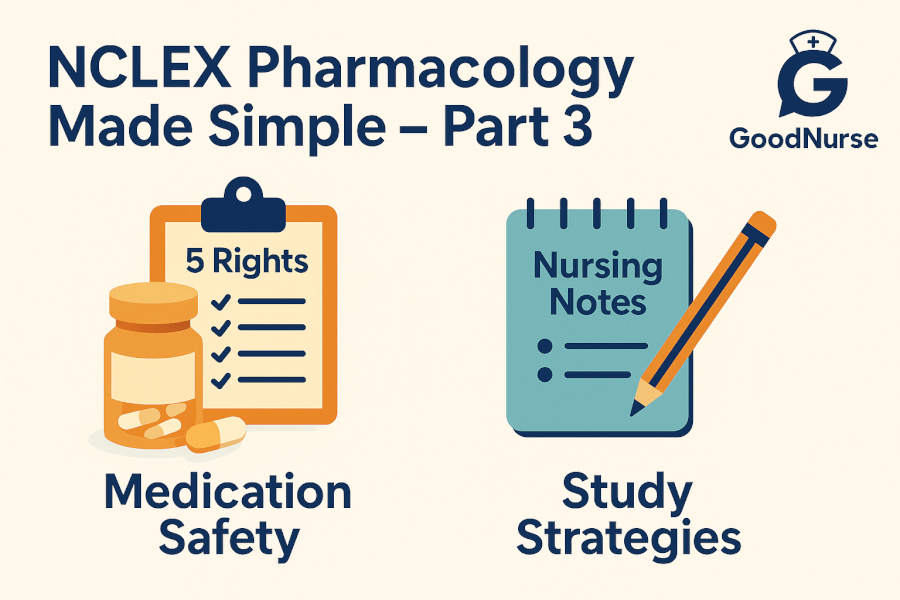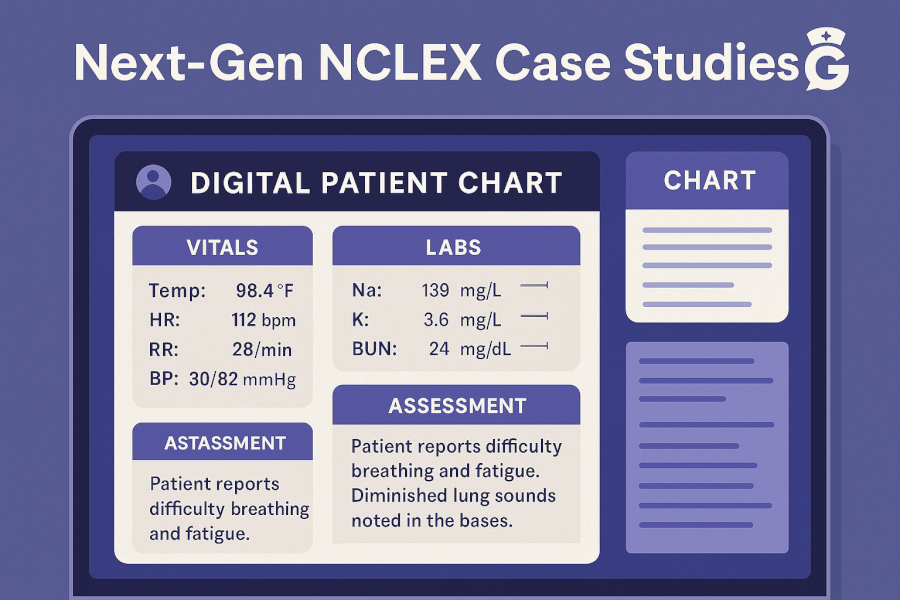Understanding drug usage during pregnancy and breastfeeding is a critical competency for healthcare professionals, especially nurses preparing for the National Council Licensure Examination (NCLEX). This guide provides an in-depth exploration of pharmacological principles, risks, benefits, and guidelines to ensure safe medication administration during these sensitive physiological states.
Introduction: The Importance of Drug Safety in Pregnancy and Breastfeeding
Pregnancy and breastfeeding represent unique physiological conditions where the mother's health directly influences the well-being of the fetus or infant. Nurses must balance medication necessities for maternal health against the risks posed to developing infants. Mastery of pharmacokinetics, pharmacodynamics, and clinical guidelines is essential for safe medication practices, a vital component for NCLEX success and effective nursing practice.
For enhanced understanding of pharmacological principles, explore our comprehensive guide on NCLEX Pharmacology Crash Course.
Pharmacokinetics in Pregnancy: How Pregnancy Alters Drug Processes
Pharmacokinetics—the study of how the body absorbs, distributes, metabolizes, and excretes medications—undergoes significant changes during pregnancy. Key adaptations include:
- Increased Blood Volume: Elevated plasma volume can dilute medications, requiring dosage adjustments to maintain therapeutic levels.
- Reduced Gastric Motility: Slowed digestion delays drug absorption, affecting onset and effectiveness.
- Enhanced Renal Clearance: Increased glomerular filtration accelerates drug excretion, potentially requiring higher or more frequent dosing.
These physiological shifts demand vigilance and adjustments in medication administration to ensure maternal and fetal safety. Enhance your understanding with our guide on Mastering Drug Administration Routes.
Pharmacodynamics in Pregnancy: Hormonal Influences on Drug Action
Pharmacodynamics, examining drug effects on the body, is notably influenced by pregnancy. Hormonal fluctuations modify receptor sensitivity, altering drug efficacy and side-effect profiles. For instance, insulin requirements typically increase due to pregnancy-induced insulin resistance.
Deepen your knowledge of endocrine adaptations with our detailed resource on Endocrine Disorders for NCLEX.
FDA Pregnancy Categories: From Classifications to Labeling Guidelines
Historically, the FDA classified medications into categories A, B, C, D, and X based on fetal risk. These ranged from Category A (no demonstrated risk) to Category X (proven risks outweigh benefits).
Now, the FDA uses the Pregnancy and Lactation Labeling Rule (PLLR), providing detailed risk summaries, data discussions, and clinical considerations for informed prescribing. Nurses must familiarize themselves with this new labeling approach to make accurate clinical judgments and effectively educate patients.
Drug Usage During Breastfeeding: Principles and Guidelines
Medication during breastfeeding presents unique concerns, as drugs can transfer into breast milk. Factors influencing this transfer include:
- Molecular Weight: Smaller molecules pass more easily.
- Lipid Solubility: Highly lipid-soluble drugs readily penetrate milk.
- Milk Composition: Varying fat and protein content affect drug solubility and concentration.
Healthcare providers should utilize resources like LactMed for current, evidence-based medication safety information. Nurses play a pivotal role in assessing risks versus benefits, counseling mothers, and monitoring infant responses.
Expand insights into maternal-newborn care with our guide on Maternal and Newborn Nursing Essentials.
Safe Medication Practices for Pregnant and Nursing Mothers
Nurses can enhance medication safety during pregnancy and breastfeeding through:
- Risk-Benefit Analysis: Evaluate medication necessity, considering maternal health and fetal/infant safety.
- Dosage Adjustment: Regularly reassess medication dosages based on pharmacokinetic changes.
- Patient Education: Clearly explain medication purposes, risks, adverse effects signs, and adherence importance.
- Monitoring: Closely monitor therapeutic outcomes and adverse reactions.
Refer to our resource on Therapeutic Communication in Nursing for effective patient education strategies.
Common Medications and Their Implications
Understanding common medications and their implications is crucial:
- Antibiotics: Penicillins and cephalosporins are generally safe; tetracyclines and fluoroquinolones are contraindicated.
- Analgesics: Acetaminophen is safe short-term; NSAIDs and aspirin should be avoided, especially in the third trimester.
- Antidepressants: SSRIs may be used cautiously, monitoring neonatal withdrawal symptoms.
- Antihypertensives: Methyldopa, labetalol, and nifedipine are generally safe; ACE inhibitors and ARBs are contraindicated.
Review guidelines regularly to address NCLEX questions and clinical scenarios confidently.
The Role of AI in Enhancing NCLEX Preparation
Modern technology, especially artificial intelligence (AI), is transforming nursing education. AI-driven resources like GoodNurse provide instant, accurate guidance tailored to NCLEX preparation. Explore how AI is Transforming Nursing Education.
Conclusion: Balancing Benefits and Risks
Effective drug therapy management during pregnancy and breastfeeding requires comprehensive pharmacological knowledge and guideline adherence. Nurses must balance maternal health needs with fetal and infant safety—a critical NCLEX competency. Continual learning and evidence-based resources help nurses navigate complex clinical scenarios confidently.
Strengthen your preparation further with our NCLEX-focused guide on Understanding Pharmacology Conversions and Calculations.
References for Further Reading
- Briggs GG, Freeman RK, Yaffe SJ. Drugs in Pregnancy and Lactation: A Reference Guide to Fetal and Neonatal Risk. 11th ed. Wolters Kluwer; 2017.
- Hale TW, Rowe HE. Medications and Mothers' Milk. 17th ed. Springer Publishing; 2019.
- U.S. Food and Drug Administration. Pregnancy and Lactation Labeling (Drugs) Final Rule. FDA Pregnancy and Lactation Labeling Rule.







